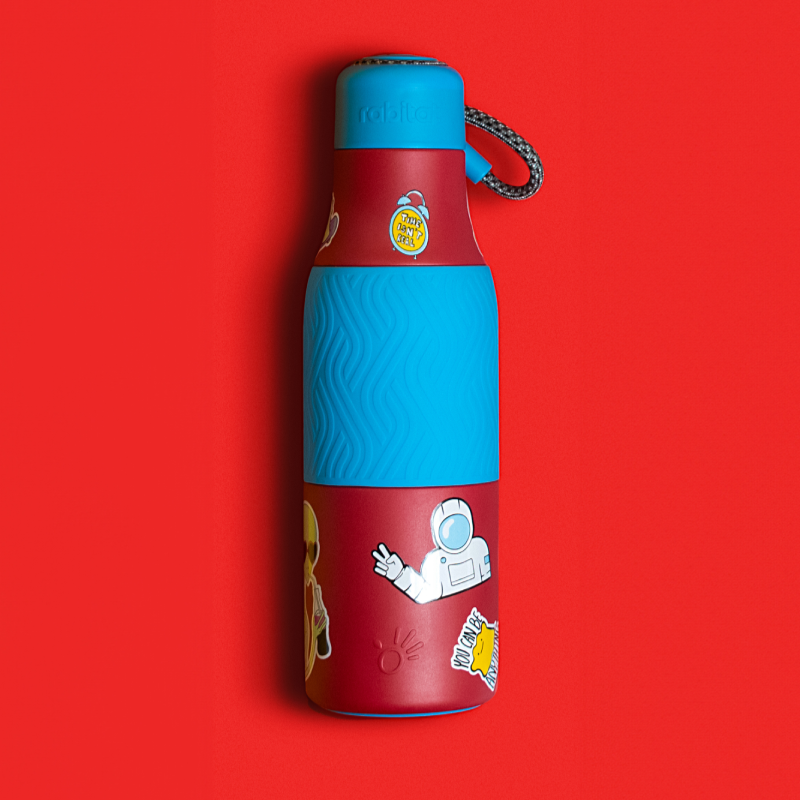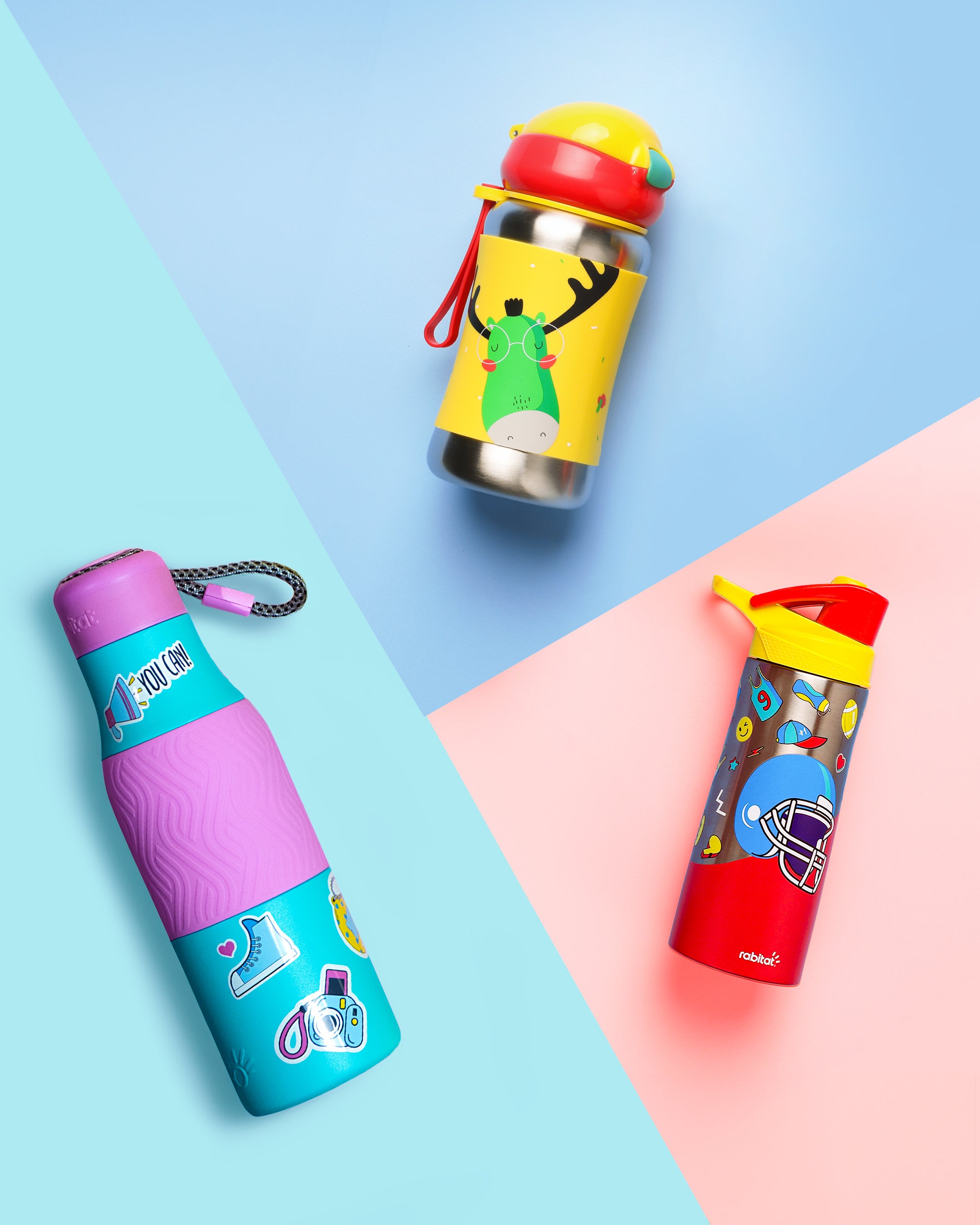First Golden Hour
A newborn has an innate ability to survive and thrive if we allow the primal reflexes to kick-in as a sequence during the birth of the baby. During a safe and supported birth within an empowering birth environment, the newborn often undergoes a quiet alert phase, which has been referred to as the first phase or simply the Breast Crawl.
When the newborn is placed skin to skin on the mother’s breasts chest shortly after birth, baby is able to move closer to the breasts and attach to the mother’s breast and initiate suckling. Studies show us that baby’s alertness gradually decreased within 150 minutes after birth, when baby usually becomes more drowsy & sleepy. This confirms the importance of first golden hour being critical to allow integration of many sensory, motor and neuro-endocrine inputs to facilitate a ‘Breast Crawl’ soon after birth. This helps mother and baby deeply bond in a natural, undisturbed way and maximise the opportunity for the baby to prime the milk receptors to stimulate and increase milk production for the mother for the natural term breastfeeding.
During the Breast Crawl Babies uses all senses to explore that world of bonding. The smell of the dark potion of the breasts is similar to the amniotic fluid which guides in the movement along with eyes to look at mothers’ face, ears to hear her reassuring voice.
The first golden hour Breastfeeding is also a boost to mother ability to improved breast milk production and facilities in loss of blood.
First 6 Months
Breastfeeding is a normal natural way to provide growth and development both nutritionally and physically of babies. The official statement by multiple breastfeeding advocacy organization in the world recommend exclusively breastfeeding for the first six months of life to support optimal growth, development and health. Complementary food is recommended to be introduced, mostly around the middle of the first year to support baby optimal development.
During the early breastfeeding months, it is important to remember to nurse the baby before offering solids, because mother’s milk continues to have far more calories and nutrition than solids food. The first six months of weaning during the first year of the bay is to explore taste, texture and color of the solid food variety. This is building a relationship with food safely and enjoyably. This has a life long impact. that the small amounts of healthy solids that can be consumed.
Exclusive breastfeeding for the first six months will mean only breast milk without mixing it with water, no other solid of liquids, herbal preparations or other food except remedies and medications when required. Exclusively supports optimal gut flora and microbiome that behaves as the shield of immunity for the baby from risk of gastrointestinal infection, diarrhea, pneumonia, otitis media and urinary tract infection among other risks. For the mother breastfeeding exclusively reduces risk for developing postpartum depression, Type 2 diabetes, and cancer. Exclusive Breastfeeding is also a method of birth control called Lactational Amenorrhea Method of birth control, or LAM. This method has been reported to be 98-99.5% effective in preventing pregnancy as long as exclusivity is maintained with no mixed feeding methods.
First Tooth
Its that time that many mothers dread & decide to stop breastfeeding when they first notice a tooth erupting in their mouth. Usually this is because they might fear that baby will nip the breast during a feeding session or because the mother fears she will be bitten. It’s also the time when during the first phase of teething is experienced by many mothers as one of the most common causes of frequent night waking and frequent feeding for baby. Infact this might be the case fussy nursing behavior due to experience of discomfort in the gums. The only way baby can find comfort sometimes can be suckling at the mother’s breast. During these intermittent phases which run into second year baby’s behaviour at the breast can also resemble staying longer at the breast or even pulling off and crying and wanting to go back to the breast again.
This can be extremely overwhelming for the mother and frustrating for the baby. To help baby and mother teething homeopathic pills have been known to be very useful. Also baby can be given a cold washcloth to chew on before feeds to help with gum discomfort. Biodynamic Craniosacral Therapy can be extremely helpful as well to help restore comfort and regulation for both mother and baby.
First Weaning
Weaning from the breast is usually a slow and gradual process starting during the time of complementary food introduced yet weaning is an interactive process between the mother and her baby. It might help to know baby can be completely be trusted to wean himself as his need for security and comfort slowly get fulfilled over the toddler years and is not a habit that needs to be broken. This is a milestone reached at their own internal pace and like walking, talking and other milestones are different for each child.
La Leche League International organisation that supports breastfeeding mothers all across the world recommend gentle weaning methods rather than methods that might harm the trust in the relationship that has been built with nurturing at the breasts. Need for sucking is real for babies which is separate from sucking for nutrition. Sometimes weaning too fast might hamper the milk supply for the mothers or also it might result in babies resort to thumb sucking, sucking on fingers, hair, blankets and pacifiers.
According to Norma Jane Bumgarner in her book “Mothering your Nursing Toddler” says “..a baby is learning to trust and depend on other human beings, especially his mother and to suppose that nutrition is primary significance and that attachment is secondary will be a mistake.” therefore helping baby to drop her first feed naturally will be gradual weaning process as needs are being met.
















